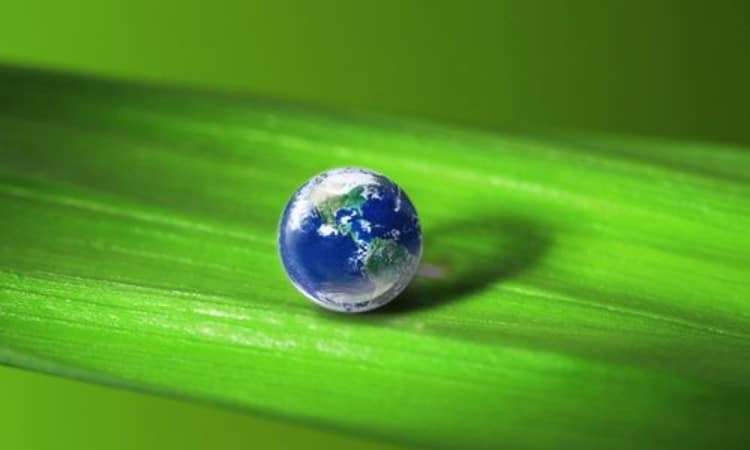Today is World Environment Day—a day to celebrate the planet’s precious resources, including the importance of fresh water. Unfortunately, we are way behind in our efforts to protect both the quantity and quality of the water our growing world needs today.
Setting aside humanity’s clumsy attempts at re-plumbing the planet to rearrange where water goes, the question of ensuring the quality of that water is a fundamental problem that threatens all life on earth.
We are practically medieval in the ways we still use water to carry waste. Pollution from farms, factories, cities, and even pharmaceuticals in human waste contaminates our lakes, rivers, and streams. It all flows out to sea, forming dead zones in our oceans. And now, there is a new form of water pollution: recombinant genes that confer antibiotic resistance on the bacteria in the water.
Researchers in China have found recombinant drug resistant DNA, molecules that are part of the manufacturing of genetically modified organisms, in every river they tested.
Genetically engineered organisms are manufactured using antibiotic resistant genes and these bacteria are now exchanging their genetic information with the wild bacteria in rivers. As the study points out, bacteria already present in urban water systems provides, “advantageous breeding conditions for the(se) microbes.”
Antibiotic resistance is perhaps the number one threat to public health today. The China study found these antibiotic resistant genes in the Pearl, Yangtze, Yellow and three other major waterways and they suggest that these waterways may, as a result, “represent a source of antibiotic resistance in humans.”
Transgenic pollution is already common in agriculture. U.C. Berkeley Professor, Ignacio Chapela, was the first scientist to identify the presence of genetically engineered maize in local maize varieties in Mexico. As an expert on transgenic gene flow, he says it is alarming that “DNA from transgenic organisms [has] escaped to become an integral component of the genome of free-living bacteria in rivers.” He adds that “the transgenic DNA studied so far in these bacteria will confer antibiotic resistance on other organisms, making many different species resistant to the antibiotics we use to protect ourselves from infections.”
Chapela cautioned that this research was done and confirmed only in China, so “strictly speaking, nobody can extend these findings to include anywhere else.” But, he adds, since they found transgenic antibiotic-resistant bacteria in every river they tested, we can expect this to be commonplace, especially in the U.S. where transgenics are widely released into the environment.
Also, Chapela points out that while this means we can expect to see more antibiotic resistance, that’s “only one of many possible insertions of transgenic DNA into these bacteria.”
We do not know the source of the transgenic DNA in China’s rivers. “It could come from intentional releases (such as agricultural fields) or from unintentional escapes from contained situations (labs, industrial facilities), says Chapela. But his concern is that these findings are only the proverbial tip of the iceberg. There are all sorts of bacteria and recombinations that may result from this contamination. We just don’t know.
We still do not even know the full extent and impact of the many forms of chemical water pollution that has been accumulating over the last century. At least with chemical contamination there is a chance for remediation. But living synthetic organisms are free to exchange DNA on into perpetuity, with whatever life forms will accept their traits. And they can not be recalled.
Every human knows that water is life. The human brain is 70 percent water. Our muscles are about 75 percent water by weight and our lungs are 90 percent water. We cannot separate out the water flowing in our rivers from the water flowing in our bloodstream.
As John Muir said long ago, “when one tugs at a single thing in nature, he finds it attached to the rest of the world.” The only way to assure a sustainable source of clean water is to understand water for what it is: a living system of biotic communities, not a commodity. It is a living thing and as such it deserves our deepest respect on World Environment Day and every other day.













